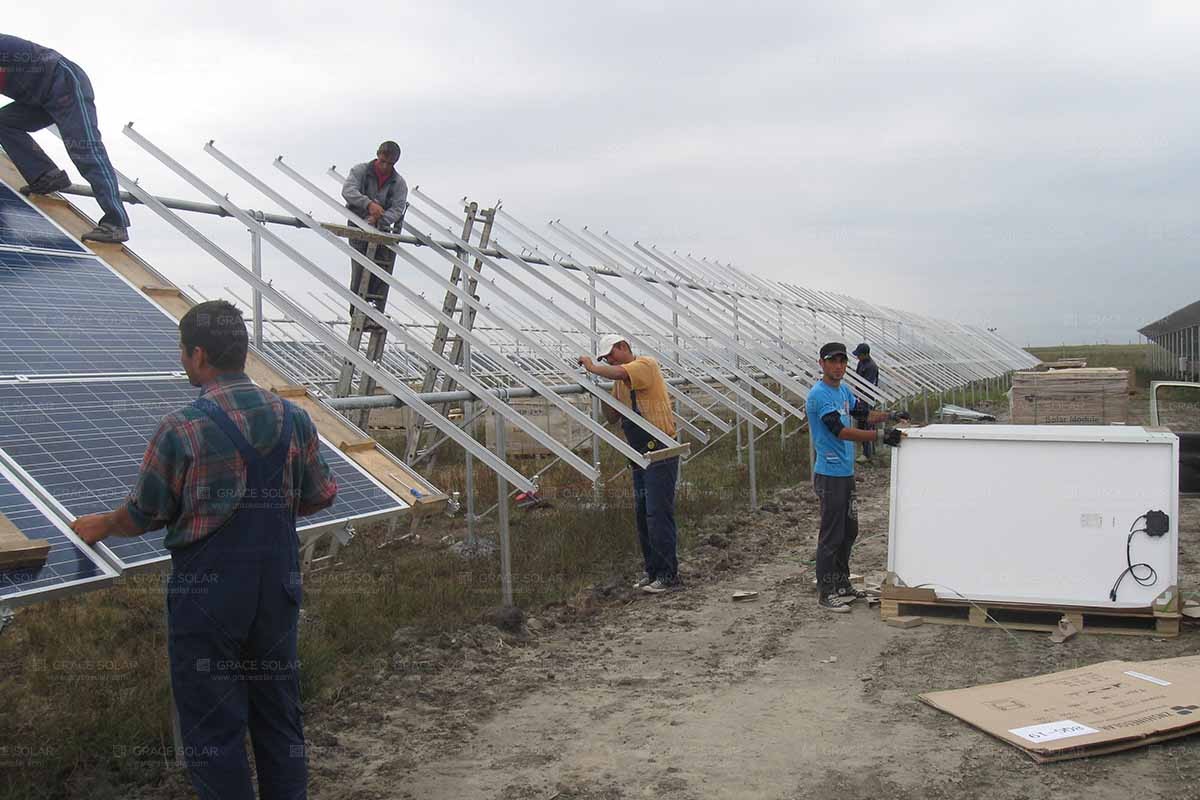Concentrating photovoltaics for agricultural applications
A research team has studied the potential of using concentrating photovoltaics in agriculture and found that it offers advantages in terms of energy yield and de-shading compared to conventional photovoltaics. However, the higher costs must be carefully considered.
.jpg) Scientists at the Tarbiat Modares University (TMU) in Iran have investigated the potential use of concentrating photovoltaics (CPV) in agriculture and how they can compete with conventional PV systems.
Scientists at the Tarbiat Modares University (TMU) in Iran have investigated the potential use of concentrating photovoltaics (CPV) in agriculture and how they can compete with conventional PV systems.
According to Shiva Gorjian, the corresponding author of the research, “while CPV systems may be initially more expensive than conventional PV systems, their higher efficiency and potential benefits to crop yield and land use make them a promising technology for use in agrivoltaics.”
Gorjian added that by using CPV systems, less land is required to generate the same amount of electricity as a conventional PV system, which can make agrivoltaic installations have less impact on agriculture and take up less land.
The research team's paper, “Technological advancements and research prospects of innovative concentrating agrivoltaics,” published in Applied Energy, outlined several CPV system configurations for use in agrivoltaics, which have been previously analyzed or implemented.
The research highlighted the advantages of using CPV systems, such as the ability to create microclimates that benefit certain crops and the potential to be used in urban environments for cultivating plants and vegetables.
The researchers emphasized the use of tracking modules in CPV systems that ensure that the shadow of the plant moves and does not remain in the same area. They also explained that the optical mechanism of the CPV system can better solve the problem of light splitting compared to conventional agrivoltaics.
The research group included academics from Iran's Bu-Ali Sina University, the University of Manitoba in Canada, the University of Science and Technology of China (USTC), and Mälardalen University (MDH) in Sweden.
For more information, please check solar mount website.
.jpg)
According to Shiva Gorjian, the corresponding author of the research, “while CPV systems may be initially more expensive than conventional PV systems, their higher efficiency and potential benefits to crop yield and land use make them a promising technology for use in agrivoltaics.”
Gorjian added that by using CPV systems, less land is required to generate the same amount of electricity as a conventional PV system, which can make agrivoltaic installations have less impact on agriculture and take up less land.
The research team's paper, “Technological advancements and research prospects of innovative concentrating agrivoltaics,” published in Applied Energy, outlined several CPV system configurations for use in agrivoltaics, which have been previously analyzed or implemented.
The research highlighted the advantages of using CPV systems, such as the ability to create microclimates that benefit certain crops and the potential to be used in urban environments for cultivating plants and vegetables.
The researchers emphasized the use of tracking modules in CPV systems that ensure that the shadow of the plant moves and does not remain in the same area. They also explained that the optical mechanism of the CPV system can better solve the problem of light splitting compared to conventional agrivoltaics.
The research group included academics from Iran's Bu-Ali Sina University, the University of Manitoba in Canada, the University of Science and Technology of China (USTC), and Mälardalen University (MDH) in Sweden.
For more information, please check solar mount website.



.jpg)